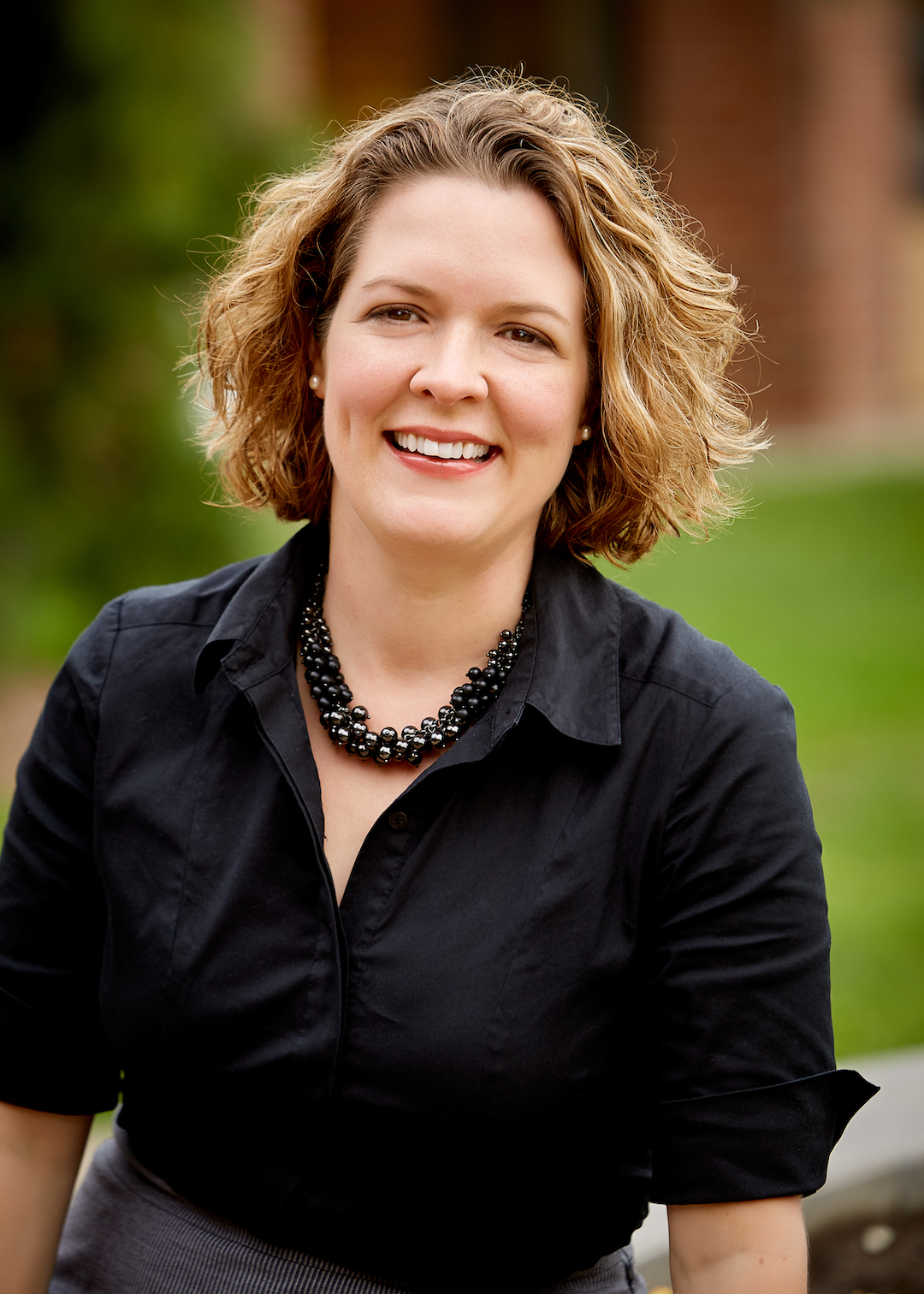by Gillian Doucet Campbell
The Niagara Diocese of the Anglican Church is situated in some of the most financially generous regions of Ontario. This fact and some giving and volunteer trends in Canada were shared during the Stewardship and Development address at the 145th Synod of the Diocese of Niagara.
What might seem a contradiction in terms is the reality of the Anglican Diocese of Niagara. In reviewing the 2014-2018 submitted data from our churches a decline can be seen in Sunday attendance but giving per identifiable giver has increased. This is despite the fact that giving to charity in Canada has been steadily declining over the last 11 years. According to The Giving Report 2018 produced by Canada Helps, giving is down across all age groups and income levels in Canada.
High-income earning households show the sharpest decline in giving. For instance, households with an income of $250,000 + per year donate only 2% of their income. This is not unexpected, as the research also shows that as income increases for households their giving remains the same – it does not increase. What also remains consistent is that lower income households, such as those that make $50,000 per year or less continue to donate 4% of their annual income.
What people give to has not changed. Again, according to The Giving Report 2018, 38% of all donations in Canada supports religious organizations, making it one of the top three areas donations go.
Other trends in Canada according to a 2017 report by Volunteer Canada, is that there is a decline in volunteers, but the number of hours given is staying the same. Another interesting trend is people aged 15 – 19 are more likely to volunteer followed by those aged 35-44. Seniors aged 65+ are less likely to volunteer, but when they do, they tend to give more of their time.
As part of the research, Volunteer Canada found that belonging and social participation influence each other. The more a person is involved in community, the more they feel they belong. The stronger our sense of belonging the more willing we are to contribute time and money to the community because we feel responsible for its well-being.
It’s important then for our churches to provide meaningful and diverse opportunities to volunteer. These opportunities must range in duration – from short to long term and from once per week, to once per month to once per year. As well as location, time of day and who with – from at home or the church, to outside regular business hours to mid-week, and done either alone or with a group.
While some of our parishes may be hurting for volunteers, others are not. Terms on the length of time a person can serve on a volunteer committee or as a volunteer leader must be put into place along with intentional succession planning. For instance, I was surprised to see so few first-time lay delegates stand up at the 145th Synod when asked. Later I found out many lay delegates have held the role for 10 or more years.
One long term lay delegate even suggested it is better to have experienced Synod delegates as it “prevents people from getting excitable over motions”. But, when I see the decline of people in our churches and understand that the investment of time and skill lead to more commitment, I rather think we must have new people come and get “excitable over [Synod] motions”.
Let’s then make a commitment to leave room for newness and welcome new people to committees, corporations, and the like. In fact, I challenge all our Parishes to send one brand new delegate to our next Synod. Let’s welcome fresh ideas, be open to risk, and get “excitable”.

Gillian Doucet Campbell is The Diocese of Niagara’s Director of Stewardship and Development.

Starting Fresh: Spiritual Resolutions for a Faith-Filled 2026